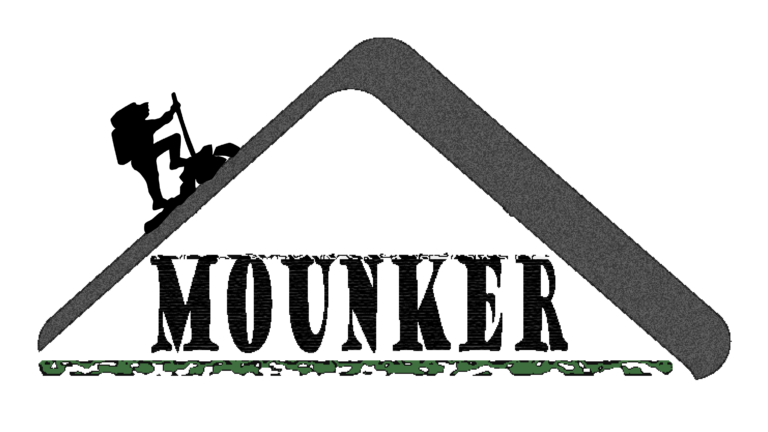Training usually covers operational training for support staff as well as end-user training. During this step, current priorities that would be affected and how they should be handled are considered. A feasibility study determines whether creating a new or improved system is appropriate. This helps to estimate costs, benefits, resource requirements, and specific user needs. Object-oriented analysis and design (OOAD) is the process of analyzing a problem domain to develop a conceptual model that can then be used to guide development. During the analysis phase, a programmer develops written requirements and a formal vision document via interviews with stakeholders.
- Tests should prove that the system complies with all design specifications and any required security measures.
- Systems analysis and design (SAD) can be considered a meta-development activity, which serves to set the stage and bound the problem.
- This is especially the case when a programmer, engineer, or database developer is called in to do important work for the developed project.
- All deliverables are testable and progress is tracked by milestones.
- There are a myriad of various SDLC models to choose from when developing software, and the right one depends on the requirements of any given project.
Documentation is crucial, regardless of the type of SDLC model for a given application, and is usually done in parallel with the development process. The SDLC process consists of seven phases, including planning, design, testing, and maintenance. Every phase can be supplemented by various tools to support the phase’s main goal. Some methodologies offer specific outlines to go through this process to prevent costly mistakes or to speed up development. However, all methods are aimed at moving systems through the various relevant phases. A system development life cycle security testing provider offers solutions that facilitate security tests throughout the development life cycle – both in development and in production.
Future Trends in Container Security: What Every IT Professional Should Know
It adds 4th generation programming languages, rapid application development prototyping and risk analysis to the waterfall model. The system requirements are designed and a preliminary system design is created. Based on the evaluation of test results, a second prototype is created.

The spiral model goes through the planning, design, build and test phases over and over, with gradual improvements at each pass. Security is an essential aspect of any software development process. However, unlike traditional software development that addresses security as a separate stage, SDLC addresses security every step of the way through DevSecOps practices.
Waterfall Model
The systems development life cycle (SDLC) was the primary conceptual basis for planning in this era. The SDLC for information systems evolved from the basic life cycle notion for complex systems. The classic SDLC for a single system is shown in the central portion of Fig. There, it is depicted as consisting of three phases—system definition, physical design, and implementation.
In the 1960s, mainframe computers hit the consumer market, and living rooms came to be filled with large systems. Stackify’s APM tools are used by thousands of .NET, Java, PHP, Node.js, Python, & Ruby developers all over the world. “Let’s get this closer to what we want.” The plan almost never turns out perfect when it meets reality. Further, as conditions in the real world change, we need to update and advance the software to match. In short, we want to verify if the code meets the defined requirements. For example, define a nomenclature for files or define a variable naming style such as camelCase.
Systems development life cycle
Each of the testing steps in the development/configuration phase is tested against a step in the design phase. This ensures that the objective of the system is met and that it is fit for purpose. Most solution providers use the waterfall life cycle approach for software solution development. The waterfall approach (refer Figure 14.3) helps to understand the extent of the residual risks and allows one to work conscientiously toward reducing those risks.
It involves multiple processes, tools, and people working together to manage every lifecycle aspect, such as ideation, design and development, testing, production, support, and eventual redundancy. The term software development lifecycle (SDLC) is frequently used in technology to refer to the entire process of technology innovation and support. Today, most teams recognize that security is an integral part of the software development lifecycle. You can address security in SDLC following DevSecOps practices and conducting security assessments during the entire SDLC process. A software development lifecycle (SDLC) model conceptually presents SDLC in an organized fashion to help organizations implement it.
What is the system development life cycle?
Different models arrange the SDLC phases in varying chronological order to optimize the development cycle. Having separate build and production environments ensures that customers can continue to use the software even while it is being changed or upgraded. The deployment phase includes several tasks to move the latest build copy to the production environment, such as packaging, environment configuration, and installation. The final stage of the software development life cycle is maintenance and operations.

After a thorough analysis of the requirements and planning steps to reach the target, the abstract client idea is put into practice by a group of software engineers. A “Software Requirement Specification” (SRS) document is compiled to include everything that must be developed to complete the project. The Agile model has existed for a long time, and still hasn’t lost its punch. Lately, the model is widely adopted by organisations, and it is proven to be quite the driving force behind software development.
What are SDLC models?
The Forensic Laboratory configuration management process is defined in Chapter 7, Section 7.4.5. The security issues for a development must be identified by a formal risk analysis. Any Forensic Laboratory employee that is involved in software development shall have the appropriate training, experience, and qualifications for the required development work. These standards should be used within the context of the Forensic Laboratory’s Secure System Development Life Cycle.

An important goal of the SDLC is to quickly and efficiently produce high-quality software in a series of phases that are called steps. The number of steps in an SDLC will vary depending on the business and its software product goals. For example, at the most basic level, software system development life cycle definition is designed, developed, tested and then released. Typically, there will be between five and seven steps—although there can be more. Testing is critical to the system development life cycle to ensure compliance with functional, performance, and security requirements.
How to become a software developer
Other SDLC models include rapid application development (RAD), joint application development (JAD), the fountain model, the spiral model, build and fix, and synchronize-and-stabilize. SDLC is also an abbreviation for Synchronous Data Link Control and software development life cycle. Software development life cycle is a very similar process to systems development life cycle, but it focuses exclusively on the development life cycle of software. A prototype is developed in the requirement phase and evaluated by end users. Based on user feedback, developers alter the prototype to satisfy user requirements. While this model finalizes the requirements easily, its use in the production environment might result in quality issues, thereby making the process of correction continue forever.
